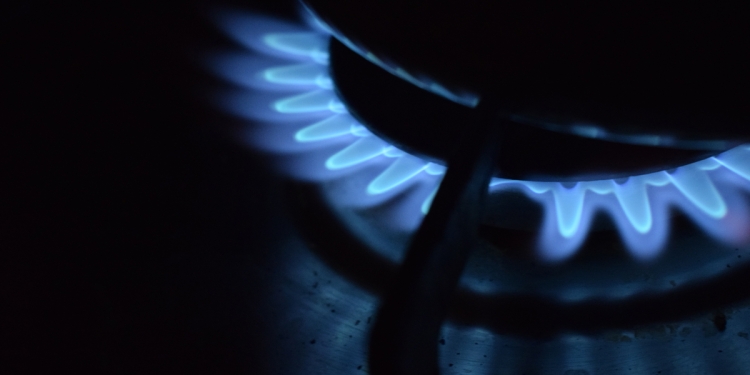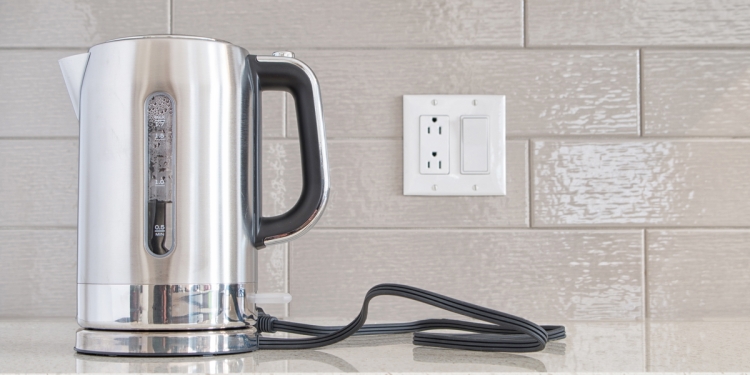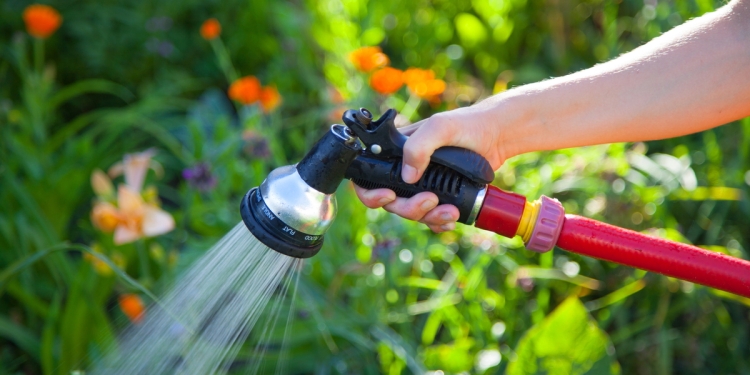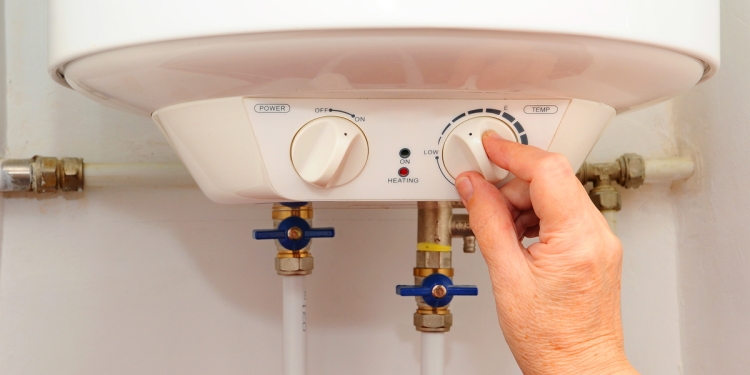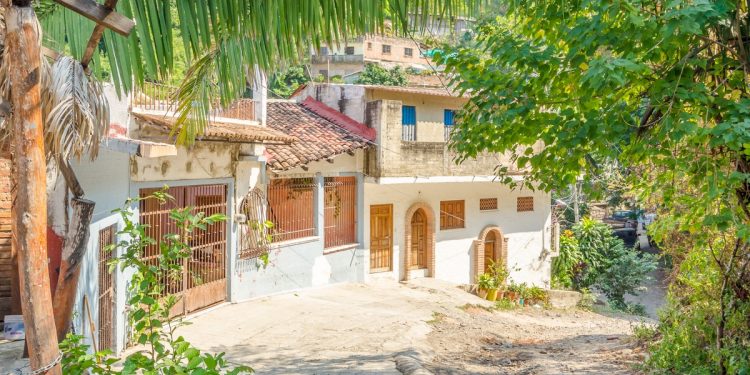Homes in Mexico commonly use LP gas (or natural gas) as the fuel-of-choice to heat water and for cooking. Although electric induction hobs and ovens are becoming popular, gas remains the primary way to cook food, and most homes exclusively use gas-fired boilers to heat water.
This article describes the different ways that gas can be supplied to homes in Mexico, and how to buy it. It also includes some tips about managing your gas-fired appliances.
Natural vs Liquid Petroleum Gas (LPG) in Mexico
Natural gas is available by direct pipe feed in some neighborhoods of some cities, but the overwhelming number of homes in Mexico use liquefied petroleum gas—a mixture of propane and butane and called Gas LP that is stored in a tank at the property.
How gas is delivered to homes in Mexico
There are three ways that gas can be delivered for storage and use at your home:
- Gas piped from a LP gas tanker truck into a stationary tank located on the roof, or at some other safe outdoor location on the property; or
- LP gas can be delivered in portable cylindrical tanks, which are usually kept on the roof or other safe outdoor location on the property, and which are replaced when empty with full tanks that have been refilled at the gas company’s facilities; or
- Natural gas can be mains-fed to the property, but the availability of this service is limited to a few cities/areas around Mexico, so most homes use LP gas instead.
Stationary tanks are more popular and offer a more practical way of storing gas on your property; however, portable gas tanks continue to be widely used especially in rural or remote areas where a stationary tank would be less accessible for refilling.
If you own your home, and the property lends itself have a stationary tank refilled by a LP gas tanker, it’s the better choice. Rented properties might have a stationary tank or portable tank arrangement in place and tenants need to accommodate themselves accordingly.
Relatively few properties in Mexico have the option to get natural gas piped directly to the property via mains-feed, but if this is available in your area, it’s the most convenient way to have gas delivered to your home.
Stationary LP gas tanks
Stationary gas tanks come in range of sizes:
- The smallest tanks store 100 liters of LP gas, and these are ideal for small properties or bungalows.
- The most common sizes are 300- and 500-liter tanks.
- For very large properties, larger tanks can be purchased, or smaller tanks can be connected together in a series.
Stationary LP gas tank refills
Stationary tanks are refilled from a gas tanker doing daily rounds, but more commonly, customers telephone a local gas supplier and arrange delivery. Gas deliveries operate daily except Sundays and public holidays.
Stationary gas tanks have a meter installed. They are pressure meters, and give an indication, in percentage terms, of how full the tank is. So for example, if your property has a 300-liter tank and the meter reads 10 when the tanker truck arrives, your tank contains about 30 liters of gas (300 x 10%). If the gas tanker dispenses 120 liters to the tank, the needle on the meter ought to point to more less the 50 mark, showing the tank half-full.
The gas tankers are fitted with long hoses that can reach rooftops on a two or three story house, as well as far corners of a small to mid-sized property.
Some properties have a fixed-line inlet pipe that runs from the street (or near the street) to your stationary tank. These inlet pipes are common in large properties and on tall buildings (e.g. apartment blocks) where the gas tanker’s hose would not be long enough to reach the stationary tank.
Paying for gas to your stationary tank
Gas piped from a gas tanker truck is priced and sold by the liter. The truck is fitted with a meter, and the operator will hand you a bill showing the number of liters dispensed and the amount owed.
Check the meter on your stationary tank to ensure that its reading more or less correlates with the amount of gas the bill shows as having been delivered. (Allow for some tolerance as it will never be exact.)
It is appropriate to give the operator a tip in addition to the amount owed. Some companies accept payment by bank cards, others will only accept cash. It’s sensible to have some cash on hand in case the wireless card terminal the gas tanker trucks carry is not working for any reason.
Current gas prices: See the cost of utilities in Mexico
Portable cylinder LP gas tanks
If you use portable cylindrical tanks at your property, gas in these tanks is sold by the kilo (see paying for gas, below) and they are available in four sizes:
- The smallest tanks store 10kg of LP gas, and these are best for use with gas-fired BBQs and camping equipment; they’re not really practical for everyday home use as they’ll empty out quite quickly.
- The most common sizes used to supply gas for everyday home use are the 20kg and 30kg LP gas tanks;
- For larger homes, a tank storing 45kg of LP gas is available from some gas companies.
Deposits for portable gas tanks
If the property you rent or buy does not have a tank(s) already on-site, you will need to pay a one-time deposit for the tank(s) delivered by the gas company. Deposit amounts vary depending on the tank size—ask the local gas company for details.
Keep the receipt for the deposit. If you ever want to return the tank(s) to get your deposit back you must return it to the same company that provided the tank and they will insist on seeing the receipt; if you lose the receipt, you’ll lose the deposit.
Portable LP gas tank refills
Portable tanks are refilled by means of the gas company replacing your empty tank(s) with full one(s).
Trucks carrying portable tanks do daily rounds (you might see the trucks on the street in your neighborhood), but more commonly now, customers telephone a local gas supplier and arrange delivery. Gas deliveries operate daily except Sundays and public holidays.
The operator will physically carry the tank from the truck to the area on your property where your portable gas tanks are stored and connected to the property’s gas-inlet pipe. The operator will decouple the empty tank for retrieval and install the full tank for you.
Unlike stationary tanks, there are no meters on the portable tanks and the only way to gauge how much gas remains inside is to gently tap the tank: a deeper tone indicates more gas.
You can tell when a portable tank is getting low on gas because the high flame on your cooking hob will diminish noticeably and eventually it won’t light.
It’s common to keep at least two tanks stored on the property so that when one empties, you can switch over to a full one, and call the gas company to replace the empty one. Tanks can be connected by means of a dual-port regulator with a lever to move (from the empty to the full one), or in series if you have three or more tanks on the property. Talk to a local plumber if you want to do that, or ask the gas company’s operator for advice.
Paying for gas delivered in portable tanks
Gas piped into stationary tanks is sold by the liter, but gas delivered in portable tanks is sold by the kilo—the weight (density) of gas inside the tank, excluding the weight of the tank itself. The popular 30Kg tank is equivalent to around 50 liters of LP Gas. See the table in the box below for more details.
It is appropriate to give the operator a tip in addition to the amount owed. Some companies accept payment by bank cards, others will only accept cash. It’s sensible to have some cash on hand in case the wireless card terminal the gas tanker trucks carry is not working for any reason.
Current LP gas prices: See the cost of utilities in Mexico
Converting kilos of LP Gas to Liters
It’s difficult to visualize how much gas “a kilo” is but there is a calculation to convert LP Gas density (in Kg) to Liters equivalent. This is also helps you to compare gas prices delivered to stationary tanks (that’s sold in liters) and gas delivered in portable tanks (that’s sold in kilos).
1 Kilogram of LP Gas contains 1.689 Liters.
|
LPG Tank Size |
Equivalent LPG in Liters |
Equivalent LPG |
|
10 Kg |
16.89 Liters | 4.46 US Gal |
|
20 Kg |
33.78 Liters |
8.92 US Gal |
|
30 Kg |
50.67 Liters |
13.38 US Gal |
| 45 Kg |
76.005 Liters |
20 US Gal |
Mains-fed natural gas supply in Mexico
Natural gas (Methane), mains-fed directly into homes via underground pipes is available in some Mexican cities and regions, including the capital Mexico City, Guadalajara, and Monterrey—although it isn’t available in all neighborhoods.
With modern piping systems, these networks are safe even in areas prone to earthquakes, although there are campaigns saying otherwise as part of competition propaganda among gas distributors.
Appliances need calibrating for LP or Natural Gas use
Virtually all gas-fired appliances sold in Mexico are calibrated at the factory for use with LP gas.
If you switch-over from LPG tanks (stationary tank or portable tanks) to mains-fed natural gas, all your gas-fired appliances (hobs, ovens, water heaters, etc.) will need to be adjusted by a gas technician, because mains-fed gas —methane— is lighter than the LP gas delivered in tanks.
If you bring a gas-fired appliance from the US (or purchase a US import online) you’ll probably need to get it recalibrated before use if you don’t have natural gas as appliances sold in the US are typically calibrated at the factory for use with natural gas.
Contact a local plumber who will know what adjustments to make across all your gas-fed appliances (stove tops, ovens, water heaters, etc.) so that your gas-fed appliances are correctly calibrated for the type of gas you use.
What cities in Mexico have natural gas
Natural gas is available in a relatively small number of places across Mexico. The companies that distribute mains-fed natural gas are represented on the website of the Mexican Natural Gas Association.
This page on their website lists distributors and the Mexican cities they operate in.
Paying for mains-fed natural gas
The cost of natural gas mains-fed into your home varies from state to state. If the service is available where you live (see link in previous section) check with the local gas company for prices.
A meter is installed at the property and customers are billed monthly for the amount gas consumed —usually expressed in cubic meters— plus a standing charge for the cost of distribution.
Current natural gas prices: check with the regional company that distributes natural gas for current prices.
Insurance coverage for your home in Mexico
Obtain a online quote and organize insurance coverage for your home in Mexico (whether you own or rent) in minutes with our home insurance associate, MexPro.
Quote and coverage: Get a quote and arrange instant coverage online
Taking care of your home in Mexico
Mexperience publishes guides and articles to help you maintain and secure your house, home, and dwelling spaces in Mexico.
- Latest insights about taking care of your home in Mexico
- Learn about water supplies for your home
- Electricity supply for your home
- Insurance for your home in Mexico
Mexico in your inbox
Our free newsletter about Mexico brings you a monthly round-up of recently published stories and opportunities, as well as gems from our archives.

